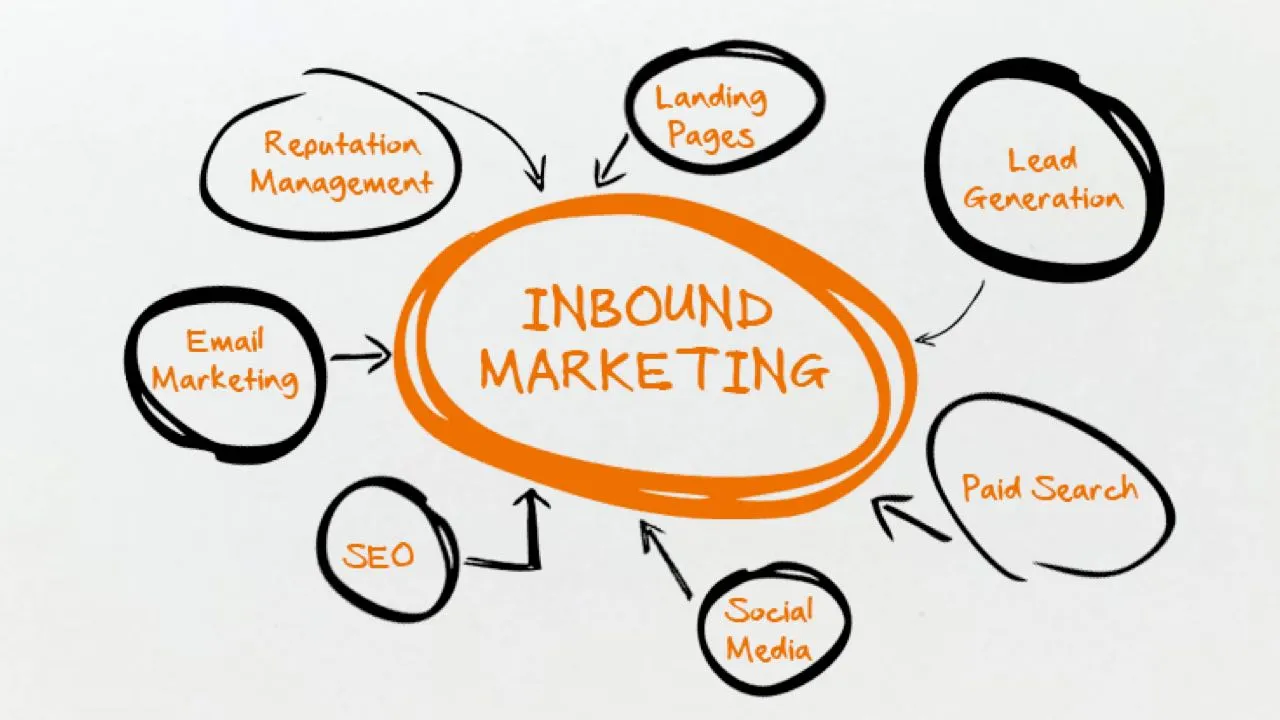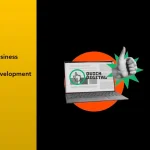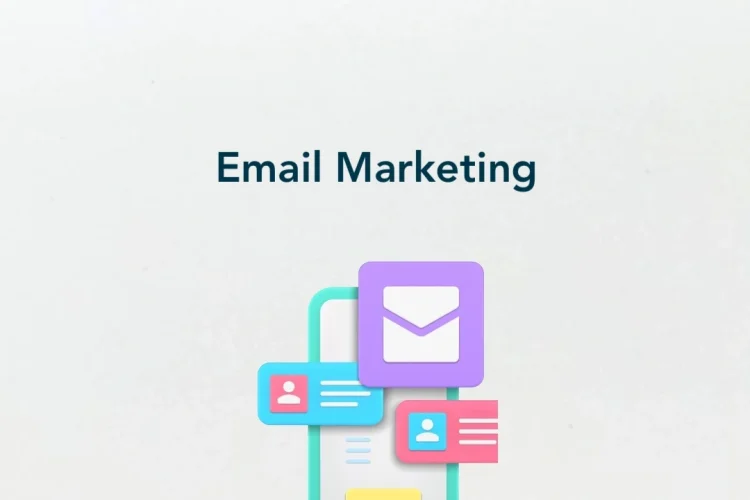
Any organisation must have several strategies to engage audiences and draw their interest. These can usually be divided into two categories – inbound marketing and outbound marketing. But what is inbound marketing?
While outbound marketing focuses on pushing out information about a business through paid media such as advertising, inbound media ‘pulls’ in potential customers. This is done through social media outreach, SEO, blogs and content marketing, and so on.
Why is Inbound Marketing important?
Focusing on inbound marketing enables a business to reach its target audience effectively, rather than pushing out information to a large but uninterested population. This means one can attract quality customers rather than hoards of un-engaging traffic.
The world today is extremely connect through social and digital media. Buyers can research products in seconds, and virtually any information is at their fingertips. At the same time, sellers, or businesses, also have the power to control a vast amount of the information regarding their product. Inbound marketing enables businesses to give the right customers exactly what they need, when they need it. Instead of ‘renting attention’ of viewers, viewers now are attract to a business as a result of inbound digital marketing.
By giving potential consumers the information they need, when they need it in an engaging manner, a brand is able to project itself as a reliable resource.
Lastly, inbound digital marketing involves using several different channels to pull in customers – social media, websites, blogs, organic searches. By diversifying their channels, they don’t have to depend on one channel to support their business.
How Does Inbound Marketing Work?
Inbound marketing has a great success rate – when correctly executed. This involves three key steps:
1. Attract:
The initial step of an inbound marketing strategy involves ‘pulling’ in the right people by attracting their attention. By pushing out quality content, posing as an advisor, or helping them solve a problem, you can become a trusted source to them. This is done by publishing engaging content – videos, blogs, and posts that attract your desire audience. Attracting the right customers involves researching your niche and understanding the audience that is interest in it.
2.Engage:
At this stage, a business makes efforts to form relationships with their audience. This involvesunderstanding your customers’ needs, providing them with content and assistance that fits their specific requirements, and communicating with them. It is essential to provide a personalised experience to every consumer, for providing personalised solutions to their problems increases the likelihood of them buying from you.
3.Delight:
By assisting consumers well, empathising with their needs, providing the right information, and communicating with them, a customer is often convince to go ahead with their purchase. Delight truly sets in, however, when a business is consistent in its quality of interaction. By engaging with clients even after their purchase, you create satisfied consumers. This creates yet another channel to pull in customers – happy clients spread the word about the quality of your business, resulting in even more customers for you.
These three are the key steps in maintaining an effective inbound marketing strategy.
Types of Inbound Marketing
As mentioned before, one of the great benefits of inbound marketing is that it occurs through several channels. In fact, the only way inbound marketing can be utilised to its fullest potential is when a business diversifies its channels. It requires several elements – SEO, blogging, social media, and live events, and webinars to form an interconnected, interdependent, successful system.
1. SEO:
- SEO, or Search Engine Optimisation lies at the core of inbound marketing. It is a marketing strategy used to optimise the organic searches your website generates on search engines such as Google. With so much content on the internet and thousands of searches taking place every second, it’s important to ensure that your content is relevant so that it doesn’t get lost in the flood. But how? The main aim of a search engine is to provide the best quality and most relevant content to a user. To do this, it determines what the site is about, the website design, and the kind of content it produces. SEO can be both, ‘on-page’ and ‘off-page’.
- On-page SEO involves ensuring your title tags are relevant, your meta description has the right keywords and a good description of your content. It involves using headings and subheadings efficiently and adding internal links to other pages of your website. By using relevant keywords, headings, and image names, you can help boost your on-page SEO.
- On the other hand, off-page SEO involves external linking to your website, and the effective use of social media.
By using SEO effectively, you can push your page to the top of search results, to ensure it is seen by your target audience.
2. Blogging:
As one of the most frequently seen forms of inbound marketing, blogging is crucial in the‘attract’ element of the process. It is through blogging that you attract the right customers to your page, and the information you provide is what pushes them to delve deeper. By creating more and more relevant blog posts, you increase the chances of visitors coming across your page. A static website that doesn’t generate new content regularly can easily get outranked, and will only show up on a limited range of searches. Blogging enables you to rank in searches ranging over a great variety of keywords. By including calls-to-actions or internal links in your blogs, you can further increase a visitor’s interaction with your website.
3. Social Media:
As one of the key ways for individuals to spread information, social media marketing comes next as a vital part of the inbound marketing ecosystem. It’s one of the easiest ways to reach out to people, as well as one of the most interactive. Social media platforms like YouTube, Facebook, Instagram, and Twitter enable businesses to share interactive content, such as short videos, infographics, questionnaires, and polls. It’s one of the best ways to spread information about your business and garner new followers, who can quickly transform into buyers. Besides utilising it to attract visitors, however, it can also be used to engage with them, by responding to comments and responding to doubts or complaints. Your followers can become brand ambassadors, and help spread information about your business. In fact, it’s social media that makes you just from a business to a brand – giving you a unique identity or image.
4. Live Events and Webinars:
Interacting with your audience is always important in delivering a personalised experience, and the best way to do that is through events and webinars. It’s the best way to engage with your target audience on a one-on-one level and develop personal connections. Live events and webinars also help showcase your company’s work, efficiency, and level of expertise. By interacting with your audience in such a manner, you can also learn more about your client base, enabling you to streamline your content marketing strategy. You can also use these events to convey information about your product or service in a way an article or blog post cannot – you can elaborate on points when requested to, clarify doubts, explain complicated subjects without fear of overwhelming clients. Webinars especially are a great investment of a business’s time and effort, for they are low cost but can yield tremendous results.
How Effective is Inbound Marketing
- Inbound marketing is, on average, about 61% less costly than outbound marketing, and, if properly executed, can be multiple times more effective. By combining the various channels of inbound marketing, a business can grow rapidly, with low costs incurred. For example, 82% of marketers who blog daily acquired a customer as a result of their blog, as compared to 57% by those who blogged monthly. 79% of companies who maintained blogs saw a positive return on their investment – a sizeable number.
To see such returns, however, it is vital to utilise inbound marketing effectively through engaging with your audience and posting consistently, refining your SEO, and effectively using social media.
Inbound Marketing Strategies
There are several strategies that you, as a business, can apply to help you grow and market your services to the right audience.
1. Attracting Strategies
These include strategies to attract people, and more importantly, the right people, to your business.
This begins by regularly creating and releasing content such as articles and posts and videos on social media. These must be relevant, of high quality, and helpful to viewers, such as explaining the uses of your product, how to uses it, testimonials, and so on. This increases traffic to your website and results in an increased conversion rate.
It’s important to optimise this content using a concrete SEO strategy; ensuring you use specific keywords, publish relevant articles, etc. Ensure that you use keywords that not only attract your target audience but also what people search on a regular basis.
Lastly, social media and blogging play a key role in the attract phase of an inbound strategy, enabling you to not just engage with customers, but also attract new followers.
2. Engaging Strategies
Once you’ve attracted visitors, it’s important to keep them engaged with your business. This is done by communicating with your customers to build satisfied, long term relationships. Ensuring high-quality customer service and a personalised experience is vital at this stage. By showing a customer the value of your business, you increase the likelihood of them coming back.
This can be done through email marketing, live chats, calls-to-actions, ad lead flows.
It’s important at this point to sell not a product, but a solution. Show the use of the product to the consumer in solving their specific problems or satisfying their needs, to build a mutually beneficial relationship between you and your customer.
3. Delighting Strategies
It’s important to ensure that your customers are happy and satisfied even after completing their purchase. This involves engaging with customers in the future as well, through customer support, surveys, and chatbots to show you care about their needs. Request feedback from customers to make them feel valued by your business. This can be done through social media as well, where customers can ask questions. Use social media to engage with your customers and respond to their requests.
Delighting customers is a great way to not only retain happy customers but create brand ambassadors, who will share their great experiences with your business with others.
Examples of Inbound Marketing
There are several inbound marketing examples to help you understand better how it works – infographics, ebooks, white papers – the list goes on. Below, we have compiled for you some effective inbound marketing examples to take inspiration from:
Infographics:
Reading paragraphs and paragraphs of information heavy content isn’t necessarily themost appealing or eye-catching way to engage a viewer. Instead, using infographics to provide asnapshot of data in a visually appealing way can help peak interest far more effectively.
Case Studies:
Case studies are a great way to convey customer satisfaction in an interesting way, bytelling a story. Moreover, when a potential customer, hesitant about buying a product, reads the story of another customer, similar to them, who bought the product and saw it make a big difference to their life, it can be the push they needed to buy the product themselves.
Podcasts:
As podcasts are becoming increasingly popular, they’ve also become a great inbound marketing tool. It gives your brand a personal touch and engages people’s attention. Moreover, it isn’t very labour or cost-intensive, requiring only a laptop, a mic or two, and a good orator.
Videos:
Videos are one of the best ways to grasp someones attention. Short, to the point videos, when paired with good graphics or animation, can be an invaluable tool when trying to attract more customers. They’re a great way to convey information without making it seem to heavy, and are often preferred over longer texts.
Blogs:
Publishing consistent, valuable, and relevant content on your website is crucial in SEO and getting your page more traffic. It’s also a great way to address common questions, provide information about sales or discounts, and give your business a more dynamic feel.
Whitepaper:
While blog posts are shorter, more engaging and interactive pieces of writing, white papers are crucial in conveying detailed information about your product. These are far more in-depth, well- researched works, usually more formal than a typical post. They use facts and concrete evidence to educate their consumers on a specific topic. By writing a well-researched and presented whitepaper, you can convince viewers to become customers.
Need an Inbound Marketing Consultation? We’re Here to Help
Inbound marketing is one of the best ways to gain new customers and attracted your desired audience, however it can be confusing to grasp at first. With the right inbound marketing consultant, however you can be well on your way to growing your business.
That’s where we come it! We provide high quality inbound marketing consultants to help you navigate through the process of making your business as successful as it can be. For more information contact us at the following:





